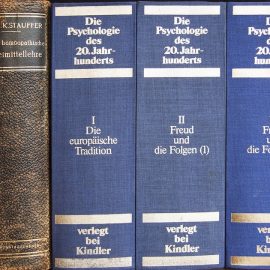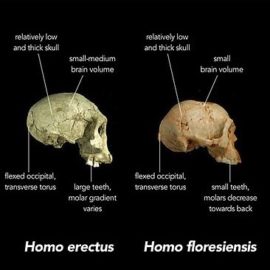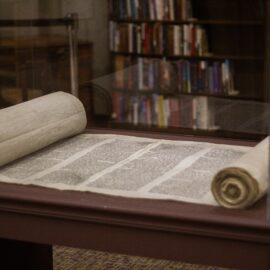

This article is an excerpt from the Shortform summary of "The Hiding Place" by Corrie ten Boom. Shortform has the world's best summaries of books you should be reading.
Like this article? Sign up for a free trial here .
What was the Dutch Resistance? What did they do and how did they do it?
The Dutch Resistance in WW2 covertly worked against the Nazis in Holland during WW2. Their work included helping to hide Jews that were facing persecution.
Read more about the Dutch Resistance in WW2 and how Corrie ten Boom became involved with them after Germans occupied Holland.
The Need for a Dutch Resistance During the Holocaust
After invasion and occupation, life changed. The Germans restricted information—what people were allowed to read, watch, or listen to. Early in the occupation, the Germans ordered that all privately owned radios were to be handed over, lest the population hear broadcasts from Allied nations. The ten Booms chose to defy the confiscation order. Accordingly, when the German requisition officer visited the Beje to ask if the family had a radio or other contraband materials, Corrie lied and told him that they didn’t.
This was one of the first moral conflicts of the war she faced. Corrie knew that lying was a sin, expressly forbidden by the Ten Commandments. By lying to the requisition officer, Corrie had taken her first steps toward joining the Dutch Resistance. She was to take many more.
A Solemn Pledge
The decision to join the Dutch Resistance during the Holocaust was a turning point for Corrie. She knew that working with the underground would mean lying, defying authority, stealing, forging, and possibly even violence, all of which was in direct violation of her bedrock Christian faith. Yet that same faith also told her she could not sit idly by while her neighbors were being persecuted. She prayed for the answer to the question—how should a Christian act when evil is in power?
A neighbor, a rabbi, implored Casper to take his Torah and Talmud, sacred Jewish religious texts, for safekeeping. This rabbi feared that he would soon be arrested and deported by the Germans, and wanted to know that these holy texts would be safe from harm. Casper agreed to do so—shortly after, the rabbi disappeared, and he was never seen again by Corrie or anyone else.
Meeting the Haarlem Resistance
One night after the curfew, Corrie’s nephew Kik (Willem’s son) took her to a home in the fashionable suburb of Aerenhout, journeying by bicycle. There, she was introduced to the local leaders of the Dutch Resistance. The organization was committed to anonymity.
The organization impressed upon Corrie the need to make sure that her safehouse was truly safe. The place in her home where Jews were hiding needed to be totally undetectable, with everyone at the Beje knowing exactly what to do in the event of a sudden raid by the Gestapo. Pickwick knew that the Beje lacked a secret room—he told Corrie this needed to be addressed immediately.
They briefed her on the organization’s purpose—the Dutch Resistance in WW2existed to assist the Allied forces by sharing intelligence about German armed forces’ movements and positions. But they were instantly sympathetic with Corrie’s effort to rescue Jews and offered her their resources, knowledge, and contacts to help her expand and solidify her operation of Dutch resistance during the Holocaust.
What Happened to the Dutch Resistance?
After two weeks in Hilversum, Corrie bade farewell to Willem and began the journey home to the Beje. Willem had to arrange a special car ride for Corrie, disguising it as an official nursing home trip, as travel was severely restricted by the German authorities. But she was accompanied on her journey by an old friend—Pickwick! The former Resistance leader told Corrie that all the Jews she had hidden at the Beje were safe, except for the unfortunate Mary Itallie. The rescue operation was still running, with several people who had been made homeless by the war now sleeping at the Beje. When she arrived back in Haarlem, she was joyfully reunited with Nollie and the watch shop saleslady, Toos. To her astonishment, Corrie also saw that Toos had kept the shop going in the time since the arrest. With her help and the kindness of her neighbors in Haarlem, Corrie managed to get the business fully back in order—she was soon at work repairing watches and picking up orders from suppliers and customers. Life was resuming a normal rhythm.

———End of Preview———
Like what you just read? Read the rest of the world's best summary of Corrie ten Boom's "The Hiding Place" at Shortform .
Here's what you'll find in our full The Hiding Place summary :
- Why devout Christian Corrie ten Boom decided to stand up to the Nazi occupation
- How ten Boom and the Jewish neighbors she was hiding were caught
- How ten Boom survived the concentration camp and left with even stronger faith






